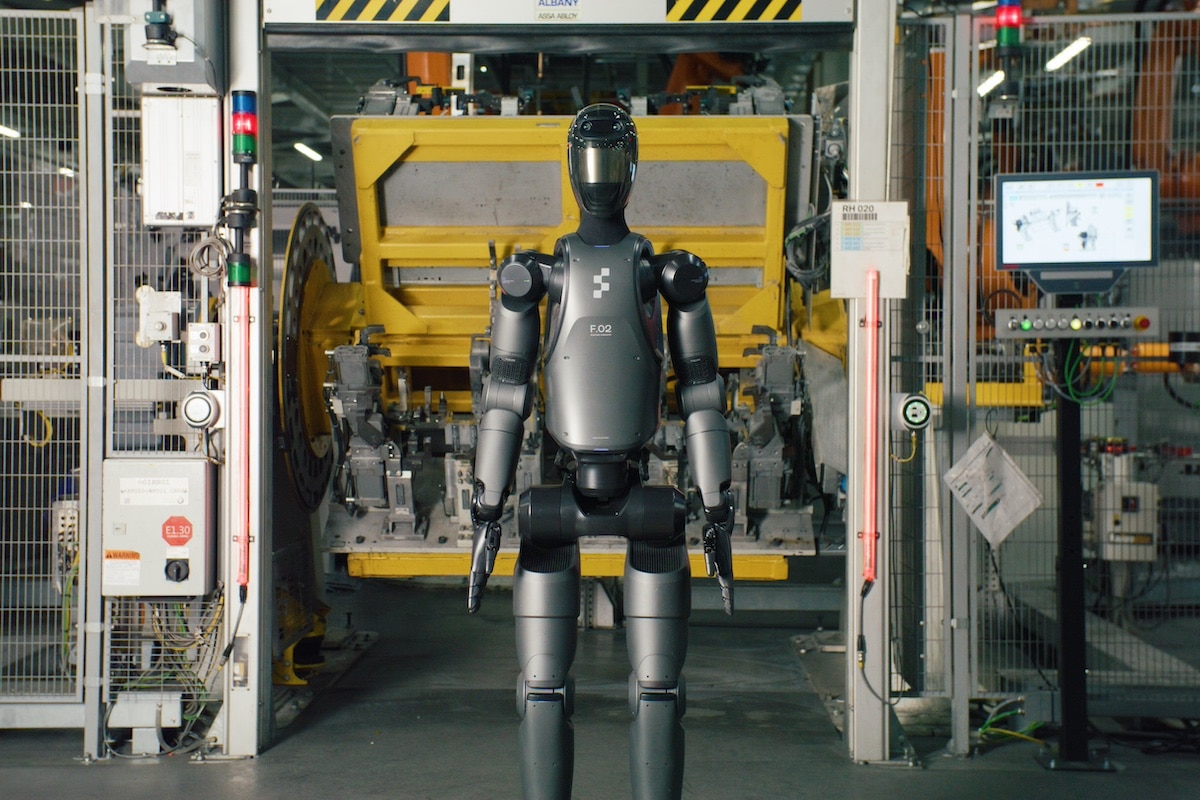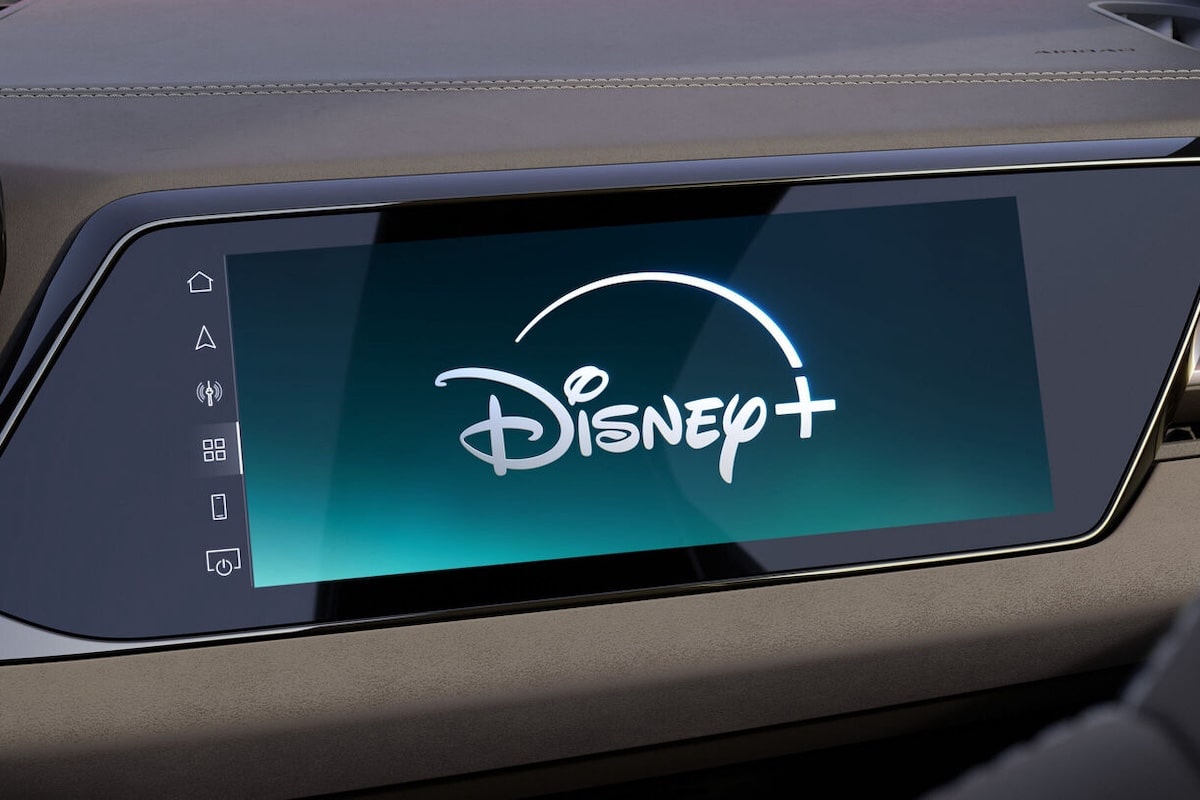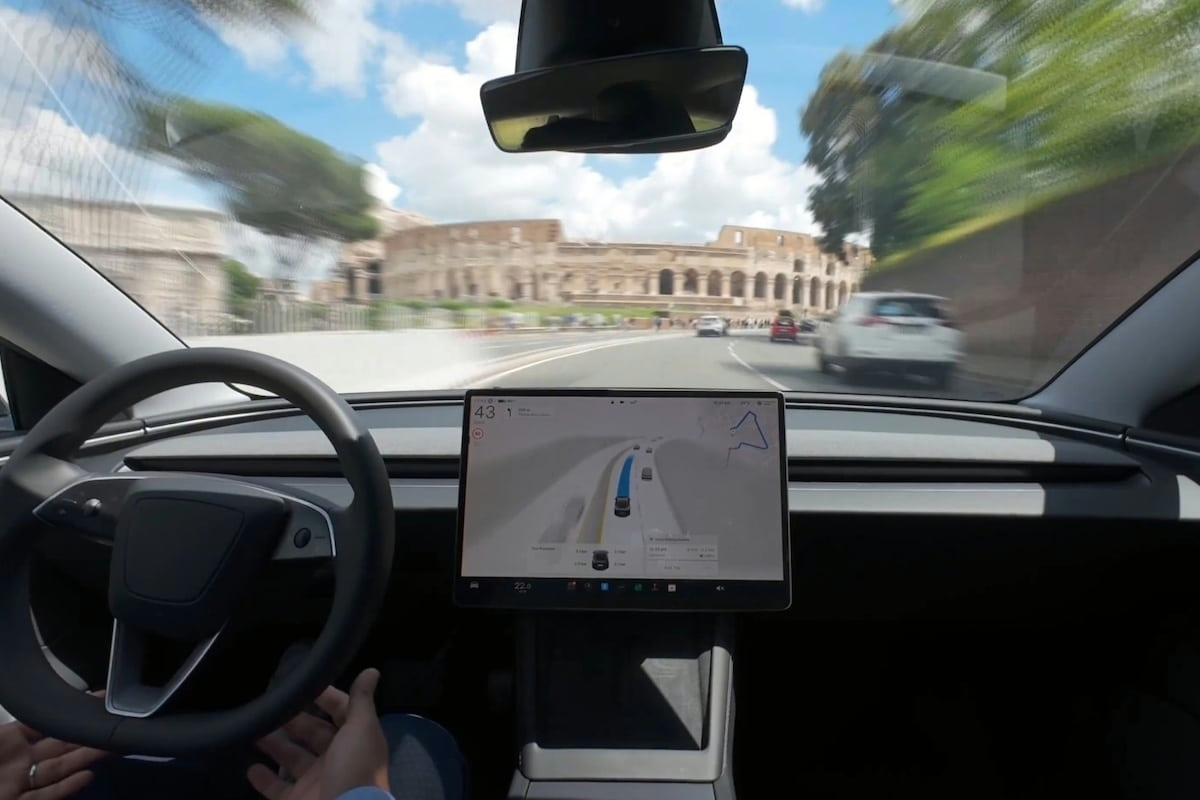Robots Hired Early at BMW

BMW has launched the first phase of real-world testing of its humanoid robot Figure 02 on a production line.
We were expecting Tesla, but it is indeed BMW that has pulled the trigger first. The German manufacturer is exploring for the first time the use of humanoid robots in automotive production, during a multi-week trial at the BMW Group factory in Spartanburg. The humanoid robot Figure 02 from the Californian company Figure successfully inserted sheet metal parts into specific fasteners, which were then assembled into the chassis frame. It may not seem like much, but a robot must be particularly skilled to complete this production step.
But the priority remains to use robots to prevent employees from having to perform difficult, tiring, and especially dangerous tasks. This is a complex issue because we also must ensure that robots do not become a danger to human workers. During this trial, BMW claims to have gained valuable insights into the requirements needed to integrate so-called versatile robots into an existing production system, working harmoniously with human elements. It would indeed be simpler to adapt production lines to the capabilities of robots, but of course, that would be very costly.
Robots must emancipate to exist
According to Figure, this next-generation humanoid robot is the most advanced in the world. Optimus will appreciate… The combination of bipedal mobility and advanced dexterity allows it to operate in areas where processes are physically demanding, dangerous, or repetitive, thus improving the safety of BMW employees. The Figure 02 has three times the processing power of its predecessor, enhanced voice communication, better cameras, microphones, and sensors, high-performance batteries, and human-scale hands with 16 degrees of freedom and strength equivalent to that of a human.
These robots do not yet possess artificial intelligence and can only perform the tasks for which they are programmed. Future challenges include the integration of AI, but especially the definition of the ideal architecture. Making robots resemble humans is an essential step for communicating their progress, but they are expected to evolve… just as we have done over millions of years.
ALSO READ: BMW shatters the price of its electric iX2
This page is translated from the original post "Les robots embauchent tôt chez BMW" in French.
We also suggestthese articles:
Also read






